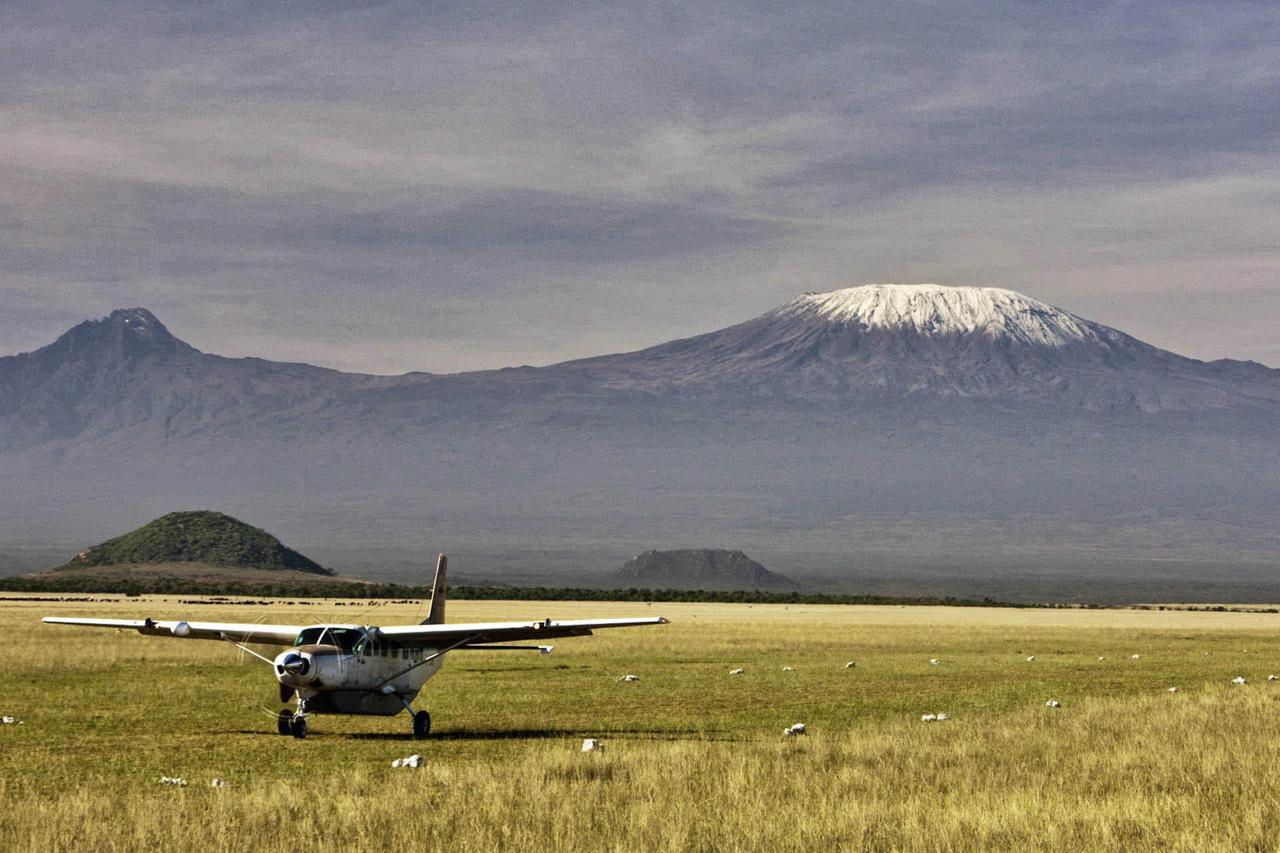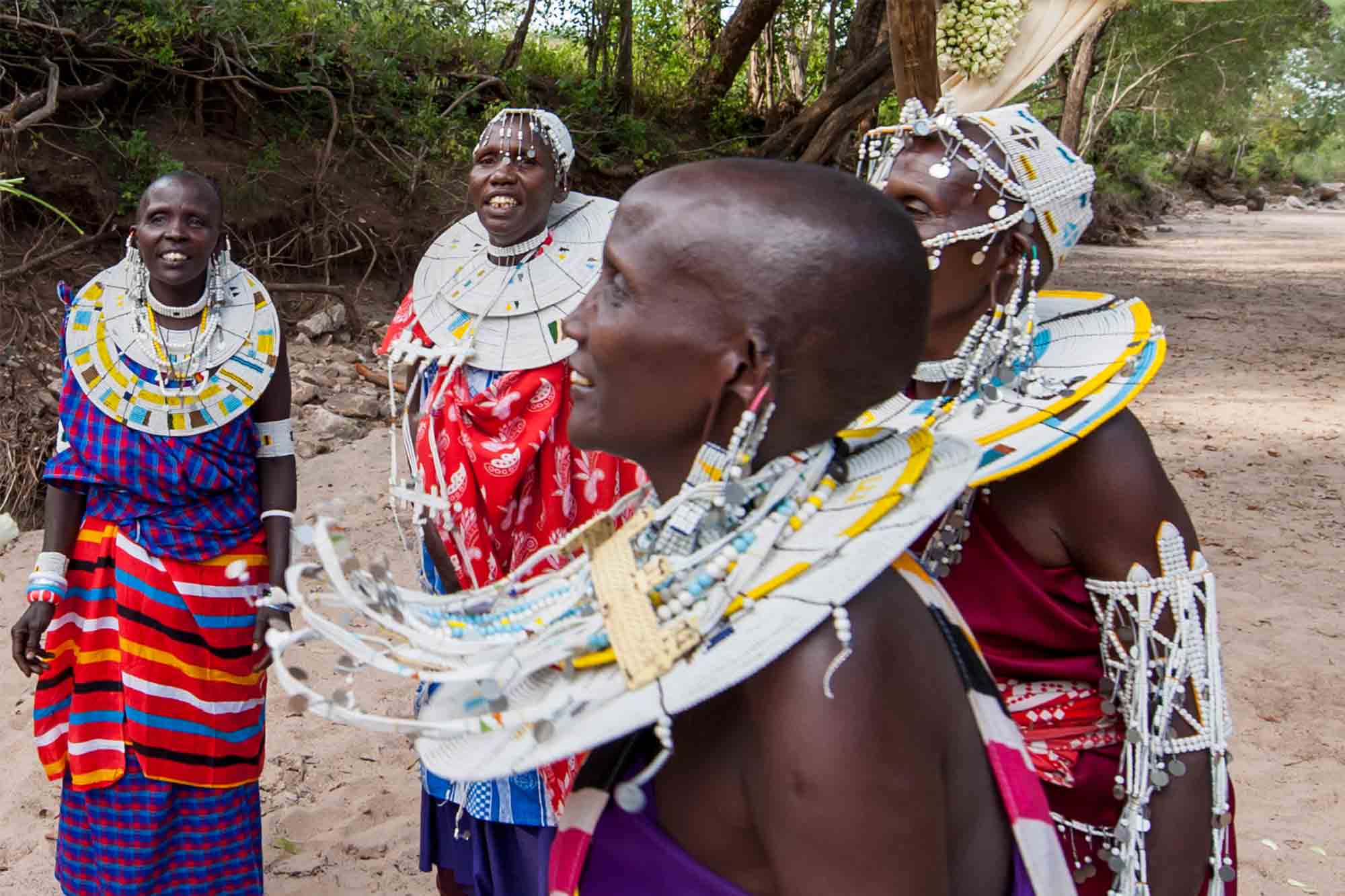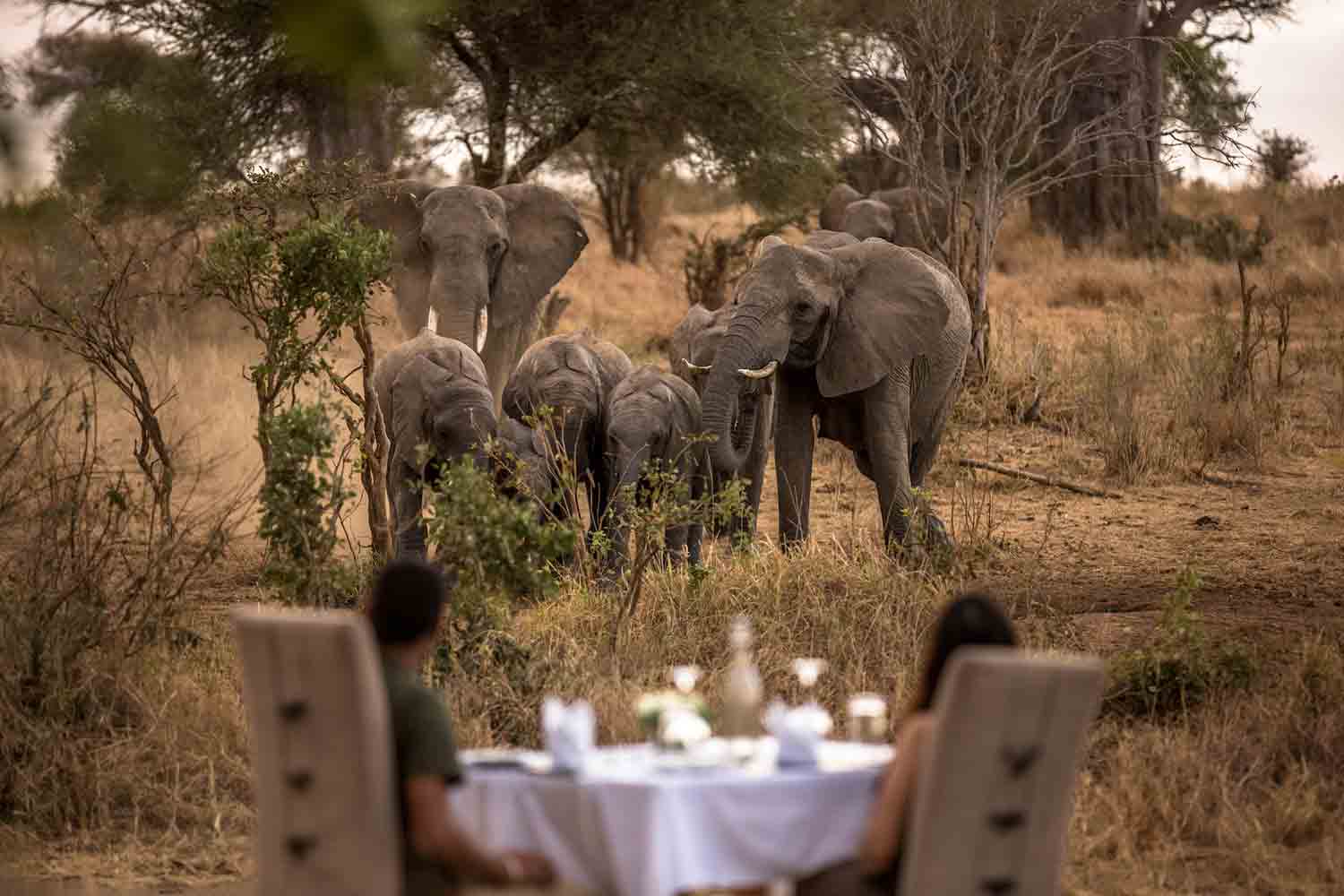JOURNAL
Find out more about these incredible apex predators
In the expansive plains of Tanzania's Serengeti, lions are the undisputed kings of the savannah. Immortalised in Disney's "The Lion King", their real-life saga is one of resilience, challenges, and the relentless fight for survival against daunting odds. Let's delve deeper into the remarkable world of these magnificent big cats and explore what the future holds for them in this iconic African landscape.
The world's only truly social big cats, lions have long been revered as symbols of strength, courage and royalty in various cultures around the world. They feature prominently in mythology, folklore, and heraldry as symbols of power and majesty.
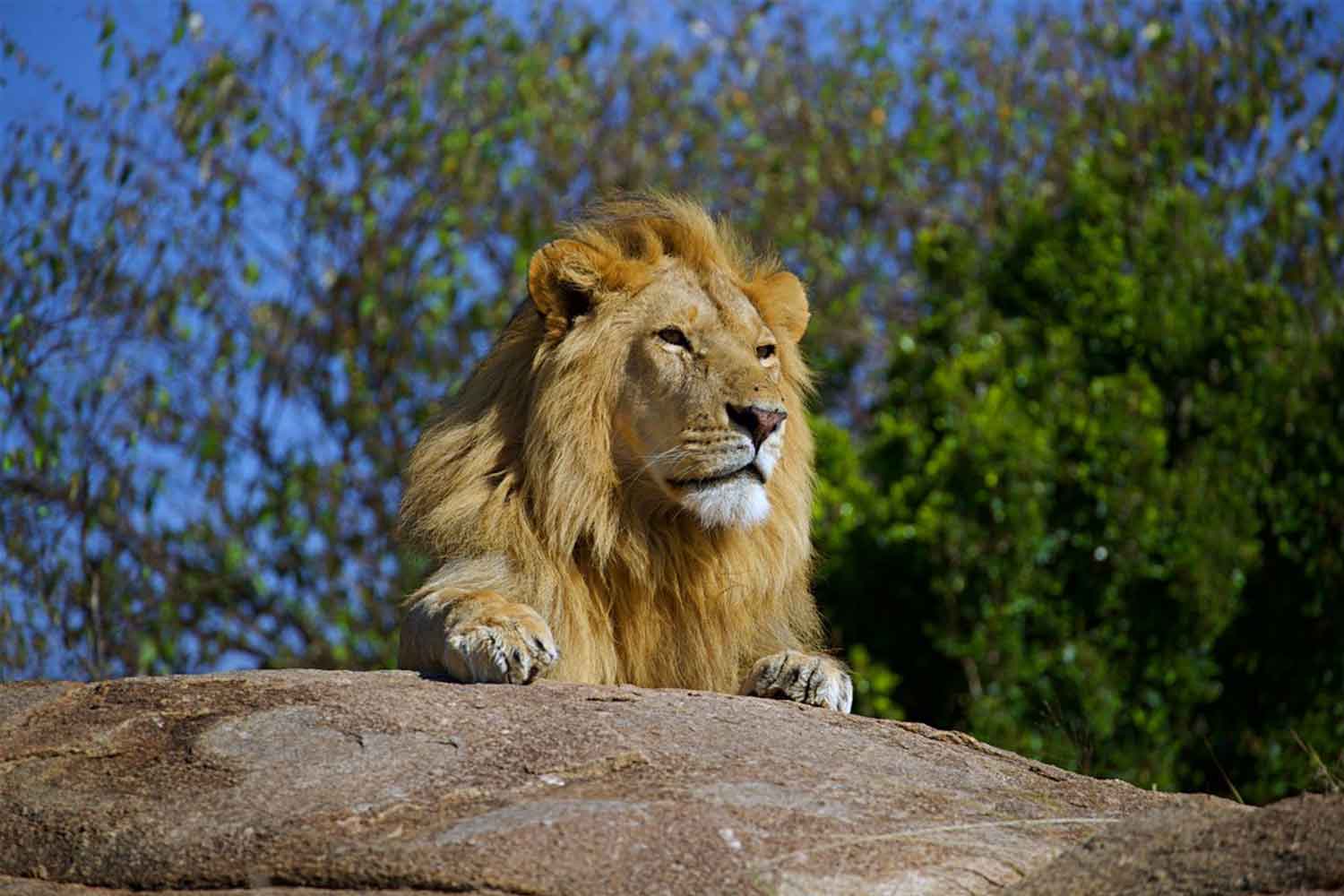
The lion population in the Serengeti is estimated to be between 3,000 and 4,000 individuals. Their numbers fluctuate in response to various environmental factors, including prey availability, competition with other predators, and human activities. Despite their status as apex predators, life for Serengeti lions is fraught with challenges, with habitat loss and human-wildlife conflict posing significant threats to their existence.
From the day they are born, lion cubs face an uphill battle for survival. While both male and female cubs are born into prides in equal numbers, only one in eight male cubs make it to adulthood due to injuries, lack of food, illness and being killed by adult lions.
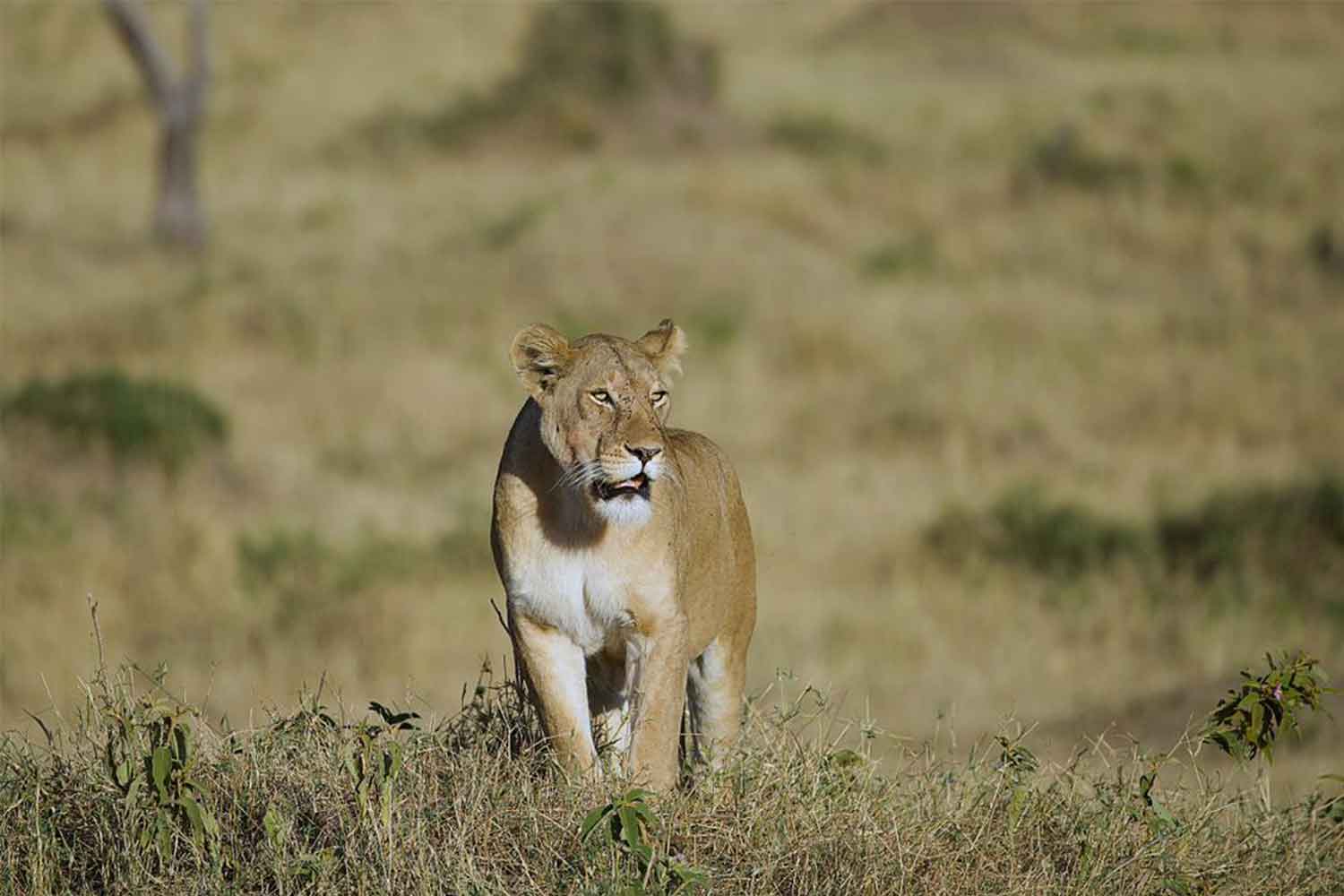
Male lions spend their lives focused on territory - acquiring it, defending it, and ensuring reproductive success. The typical lion pride consists of related females, their offspring, and one or more males. These coalitions of males, often formed by brothers, work together to maintain territorial dominance, secure mating opportunities, and protect vital resources. It's a delicate social structure that serves the dual purpose of survival and reproduction.
Co-operation is key for lion prides when it comes to hunting. They primarily prey on large ungulates like wildebeest, zebras, and buffalo, using a variety of hunting techniques depending on prey availability and group dynamics. Despite their large size, lions are incredibly fast and agile. They can reach speeds of up to 80km an hour in short bursts, making them one of the fastest land mammals on the planet, and they are capable of leaping distances of up to 11m.

While they may not have the highest hunting success rate compared to other predators like the African wild dog and spotted hyena, lions are nonetheless formidable hunters, with their predatory prowess shaping prey distribution and behaviour in the ecosystem.
Lions are known for their love of lounging and can spend up to 20 hours a day resting or sleeping. This behaviour helps conserve energy for hunting and ensures they are ready for action when needed. When they become active, they will use their powerful roar to announce themselves. This mighty vocalisation can be heard up to 8km away and serves various purposes, including communication between pride members and marking territory.
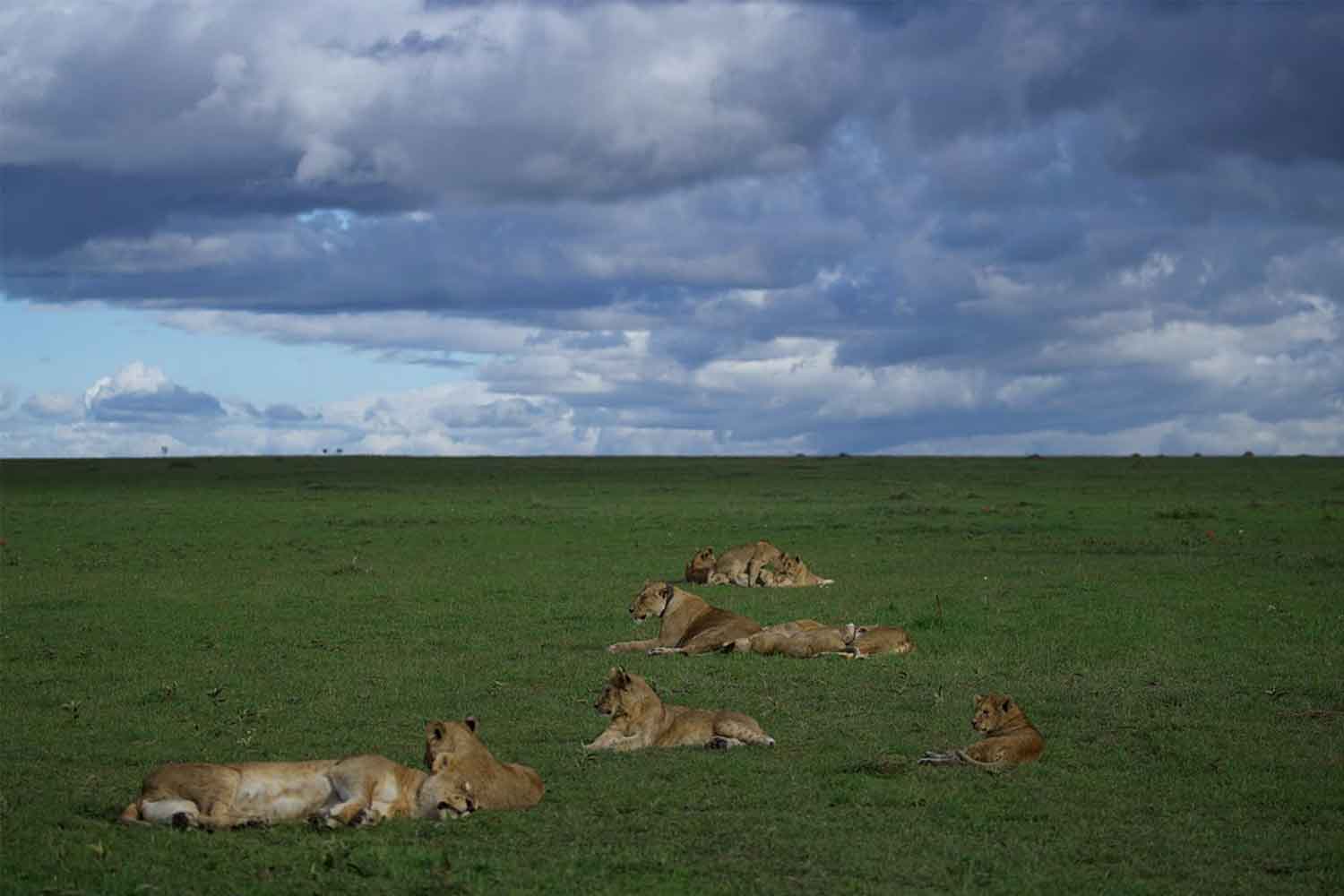
Throughout the year, lions navigate the challenges of fluctuating prey abundance, particularly during events like the Great Migration. This annual spectacle presents both opportunities and challenges for lions, who must contend with increased competition from other predators and the hazards of large-scale movement across the plains.
Reproductive success is crucial for lionesses, with the stability of social structure and resource availability playing key roles. After a gestation period of around 100 to 110 days, lionesses give birth to litters of one to four cubs. However, the mortality rate for lion cubs is high, with estimates ranging from 60% to 70% within the first year, attributed to various factors including predation, disease, and intra-species conflict.
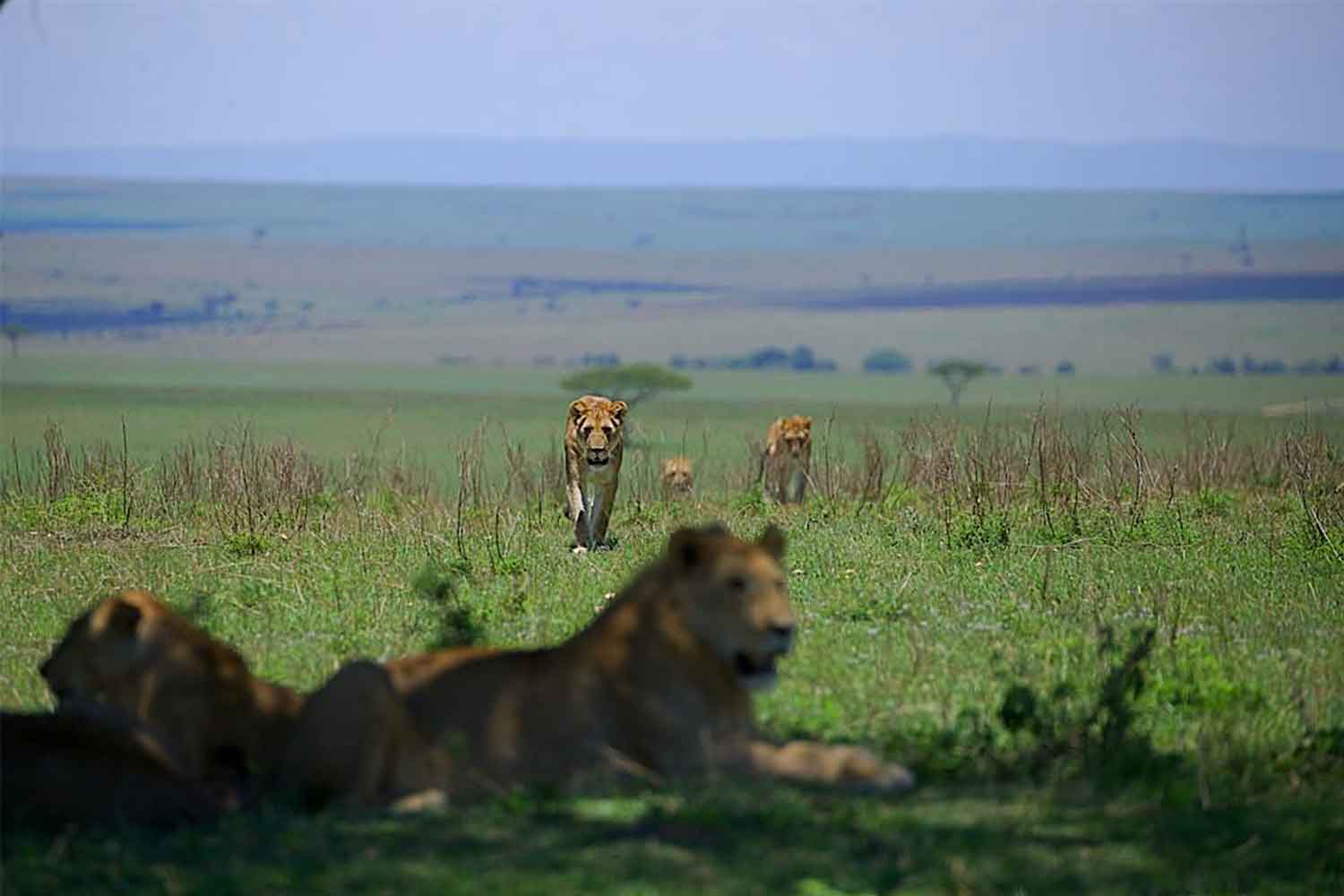
Despite their resilience, lions face numerous threats from human activities. Habitat loss and fragmentation, driven by factors such as human settlements, agriculture, and infrastructure development, pose significant challenges to their survival. Human-wildlife conflict, often resulting from livestock depredation and retaliatory killings, further exacerbates their vulnerability.
Disease outbreaks, such as canine distemper and bovine tuberculosis, also pose significant risks to lion populations, capable of causing localised extinctions and disrupting ecosystem dynamics. Conservation efforts in the Serengeti encompass a range of strategies, including habitat protection, anti-poaching measures, community-based conservation initiatives, and disease monitoring programmes.
The Serengeti Lion Project, initiated in the 1960s, has been instrumental in advancing our understanding of lion ecology, behaviour, and conservation needs in the region. Long-term monitoring and research are essential for informing evidence-based conservation interventions and ensuring the persistence of lion populations in the Serengeti.
Looking ahead, the future of lion. conservation is looking bright, addressing immediate threats like habitat loss, poaching, and human-wildlife conflict. Through collaborative efforts involving local communities, governmental agencies, NGOs, and international stakeholders, we are playing our role in safeguarding the future of Serengeti's lions and preserve the ecological integrity of this iconic African landscape for generations to come.

